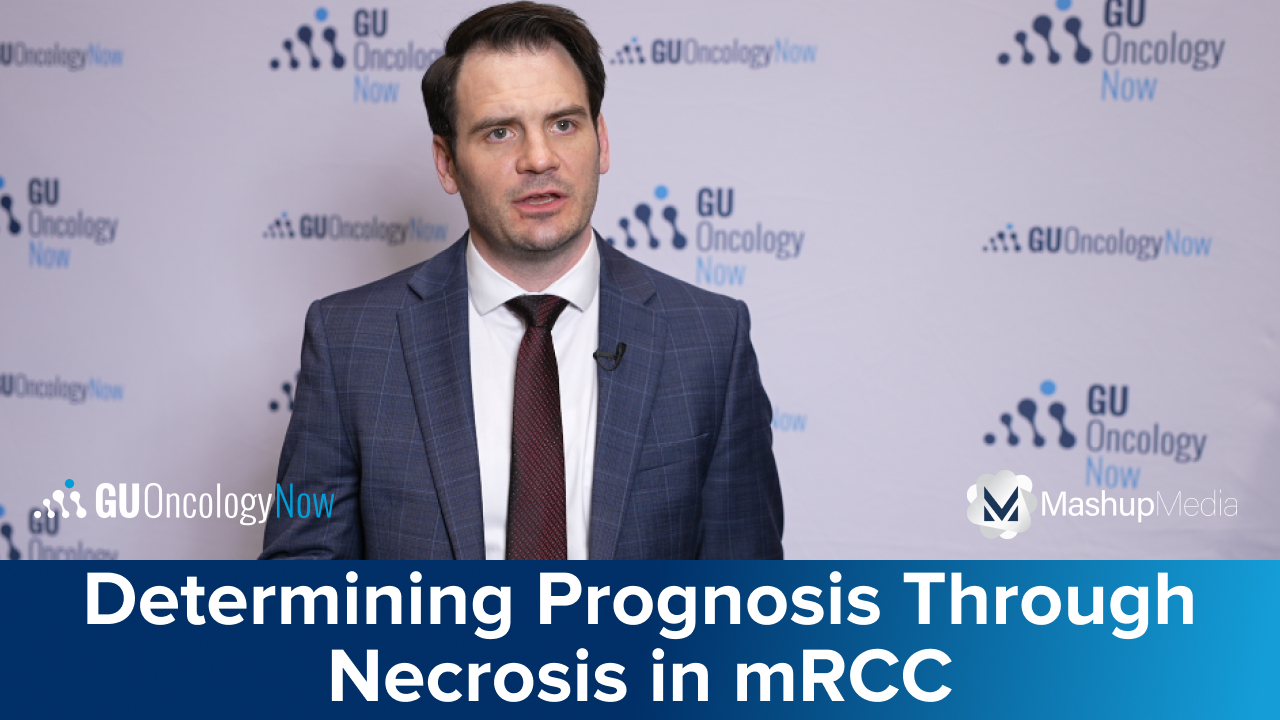From Lab to Clinic: How Industry is Scaling Personalized Cancer Vaccines
By David Braun, MD, PhD, Katy Beckermann, MD, PhD - Last Updated: March 24, 2025In this three-part series, Katy Beckermann, MD, PhD, of Tennessee Oncology, speaks with David Braun, MD, PhD, of Yale Cancer Center, on his Nature publication on a neoantigen vaccine that has demonstrated the ability to generate antitumor immunity in RCC.
In this segment, they reflect on key lessons from the trial, emphasizing the importance of prioritizing driver mutations and optimizing antigen selection through alternative platforms like mRNA, while outlining the next steps, including a large-scale phase 2 trial in RCC, the potential application of cancer vaccines in other disease settings, and future research into tumor-specific targets that could enable more effective and widely accessible immunotherapies.
View previous segments of this series.
—
Dr. Beckermann: I have two final questions as we wrap up. If you had to do this over again, is there anything significant you would do differently? Also, where do you see this research going next?
Dr. Braun: There are certainly things we have learned from this trial that were unknowns at the time. With what we know now, I would lean more toward prioritizing driver mutations. I would also push for alternative platforms, such as mRNA, to capture more of the best target antigens. Those are adjustments I would definitely make, and I think they are actively being worked on for the future.
The next step is to determine, on a larger scale, whether this approach is truly effective. That is precisely what is being addressed through the Merck and Moderna trial, a much larger phase 2 study with 270 patients. In this trial, all patients receive the standard of care, which includes pembrolizumab, and are then randomized to receive either a personalized neoantigen-targeting cancer vaccine or a placebo.
There have been promising initial results in melanoma, and this will be the first major test of this approach in kidney cancer. That is the immediate next step. In the medium to long term, I see two key questions. First, are there other disease settings where this strategy could be applied? Now that industry involvement has significantly reduced the manufacturing time compared to when we were developing this in-house, it may be possible to implement it in other cancers.
Second, what should be the ideal target? Cancer vaccines have a long history, much of it marked by unsuccessful attempts. In many cases, the challenge has been steering the immune system toward the right targets. Previously, for practical reasons, many vaccines targeted proteins that were overexpressed in tumors but not unique to them. This presents a challenge, as the immune system must overcome self-tolerance. Neoantigens represent an important first step in addressing this issue, but there are likely additional tumor-specific vaccine targets in kidney cancer that we have yet to fully explore. Expanding our understanding of these targets, particularly those that may be shared across patients and could lead to more off-the-shelf therapies, is an exciting avenue for the future.
Dr. Beckermann: That is really great. Your enthusiasm for this research is evident. Thank you so much for taking the time to discuss this today. Reading the paper is valuable, but hearing you walk through it adds a new level of understanding. I think we are all excited to see this approach come to fruition and to watch how the field evolves in the coming years.







 © 2025 Mashup Media, LLC, a Formedics Property. All Rights Reserved.
© 2025 Mashup Media, LLC, a Formedics Property. All Rights Reserved.